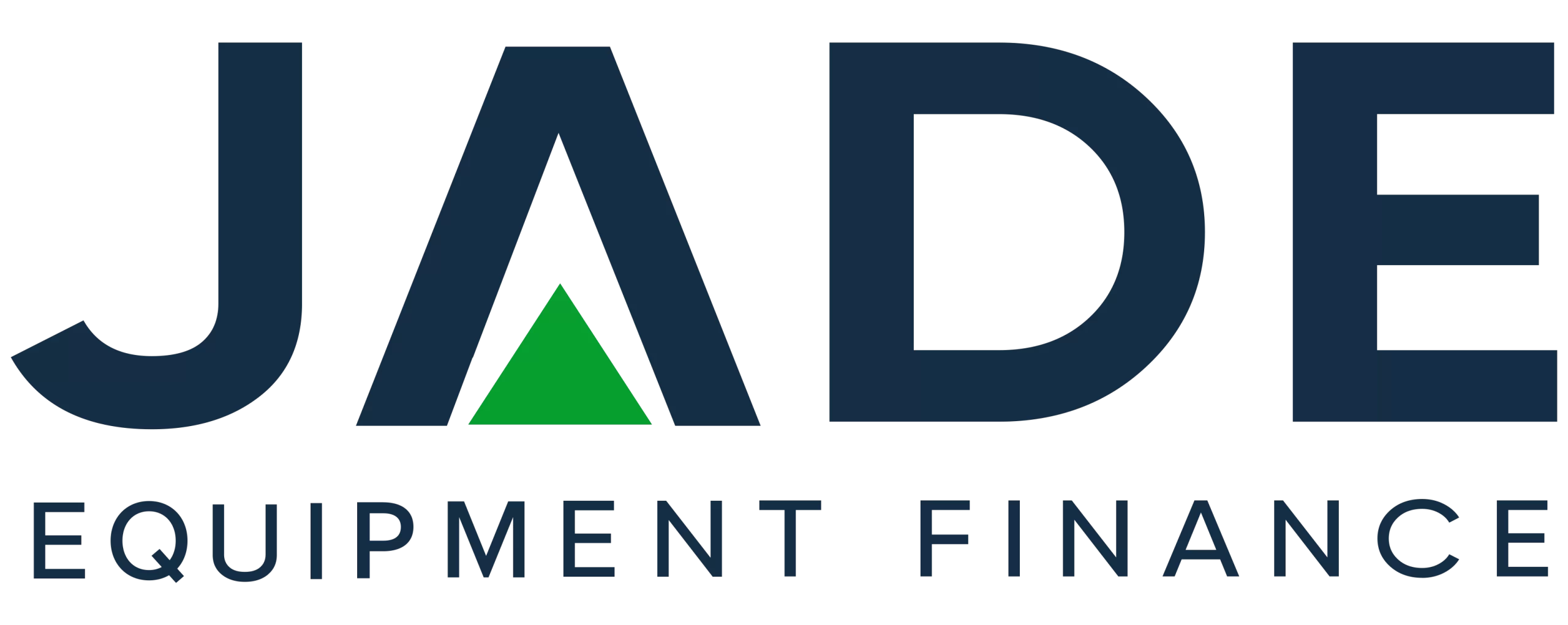With the RBA indicating more interest rates rises and many industries still facing challenges with labour and supply chains, it has possibly never been more important for business to stay across developments. Keeping abreast of outlooks from available sources including for interest rates may provide valuable intel for operators planning major equipment acquisitions. Investing in new plant, machinery and equipment with finance can include assessing projected earnings and ongoing business conditions in the sector.
While sources such as the Australian Bureau of Statistics (ABS) provides extensive data, much of their reporting is on what has already occurred. Yes, that can provide information on trends and they do sometimes include forward estimates. But have an indication of what could lay ahead may be of greater value.
The Reserve Bank of Australia (RBA) does provide forecasts and outlooks on both a global and domestic level for a number of economic indicators. These include inflation, employment, economic growth and indications of what they consider may be required with interest rates.
In its monthly interest rates announcements, a brief outline of these outlooks is provided. A more detailed coverage is provided in the minutes of each of the monthly Board meetings. The minutes from the February meeting were recently released and we provide a summary of what was discussed and the central bank’s outlook.
Summary of RBA Board Meeting Minutes
Possibly the most notable take-outs from the minutes are that the option of holding interest rates steady was not discussed at the February meeting; and that the bank sees many uncertainties on both a global and domestic level.
It was revealed in the minutes of the December RBA Board meeting that 3 options were discussed in regard to interest rates. They were to announce another large 0.5% hike, to remain consistent with the smaller 0.25% rise of the previous few decisions and to leave the cash rate unchanged. This discussion of the possibility of holding rates steady attracted much media attention and no doubt raised the hopes of many planning to take on finance.
When asked about this in ensuing appearances and interviews, the Governor of the RBA, Dr Philip Lowe, said that ‘all options are on table’. Unfortunately, come the February meeting, and the decision to keep rates on hold was not included in the Board’s discussion.
Arguments were discussed by Board members in regard to both a 0.25% and a 0.5% increase. The arguments for both decisions were considered strong. Greater insights into future decisions may be acquired by knowing what these discussions centred on.
Inflation is core to these interest rates decisions. It appears that the rate may have peaked as per the latest data for the December quarter. But the Board notes that this can’t be confirmed for some months. Inflation was seen as being more broad and more persistent that had been expected. Strong demand in some sectors was still putting upward pressure on prices.
Should this go unaddressed and inflation become more embedded and persist for longer, significant impacts and costs to the economy and individuals by way of higher unemployment and much higher rates. The uncertainty around how inflation would track was noted as how fast the Australian economy would respond to trends being seen overseas.
Global inflationary pressures appear to be easing after the peak, but this is still not being seen in the Australian economy. When it does start to be seen and result in a fall in the rate of inflation is where the uncertainty lies.
While the two options were discussed, Board members decided that the stronger arguments were in favour of the 0.25% increase. Of major note is that more rate increases are expected to be required ahead.
In regard to economic conditions, outlooks which may provide insights for performance in some sectors, the change in the response to the pandemic in China was seen as notable. Some commodity prices such as for coking coal and iron ore, has lifted. But it was noted that others remained lower.
Uncertainties were noted in the global outlook. Scenarios for opposite possibilities – stronger and weaker growth and inflation, were considered credible. On the domestic front, the Board discussed the large construction project pipeline that supported a positive investment outlook.
Credible possible scenarios were also discussed for growth and for inflation in the domestic economy.
Staying Across Cheaper Interest Rates
Banks and non-bank lenders in many sectors, including our equipment finance area, have been responding to the run of rate rises by the RBA. Rates have been increasing but it must be remembered that these are coming off that period of historic lows which came about due to an emergency-style response to the pandemic.
Despite the rising trend, we continue to see variations in finance rates across our lenders and continue to be in a position to source the cheapest rates. Essential at all times, but even more important in this current environment, is having access to more lenders through our broker style lending services.
Operators can speak with us even well ahead of purchasing new equipment, to get approved for finance and to discuss options which may assist with their decisions.
For cheaper interest rates on equipment finance, contact Jade Equipment Finance on 1300 000 003
DISCLAIMER: IF MISINTERPRETATIONS, MISREPRESENTATION OR ERRORS EXIST IN THIS ARTICLE, NO LIABILITY IS ACCEPTED. THE INFORMATION IS PROVIDED ONLY FOR GENERAL PURPOSES AND NOT IN ANY MANNER INTENDED AS THE ONLY SOURCE FOR MAKING FINANCIAL DECISIONS. THOSE THAT CONSIDER THEY REQUIRE ADDITIONAL GUIDANCE OR ADVICE SHOULD REFER TO AN INDEPENDENT FINANCIAL ADVISOR.


